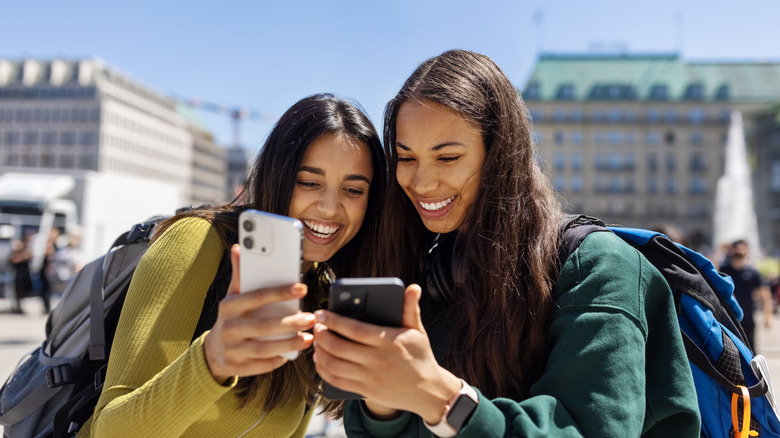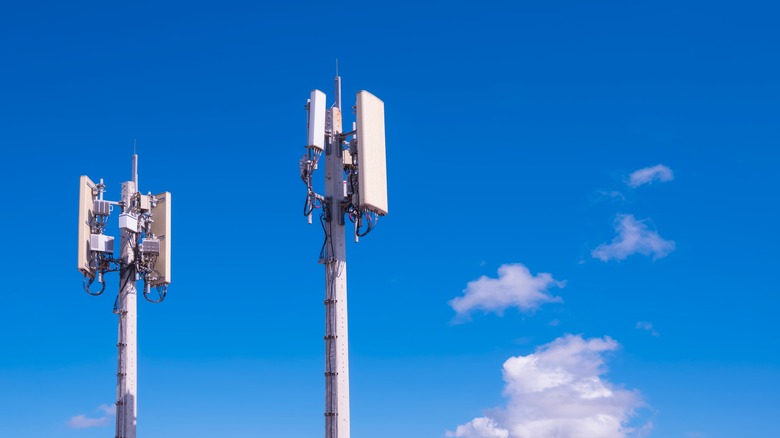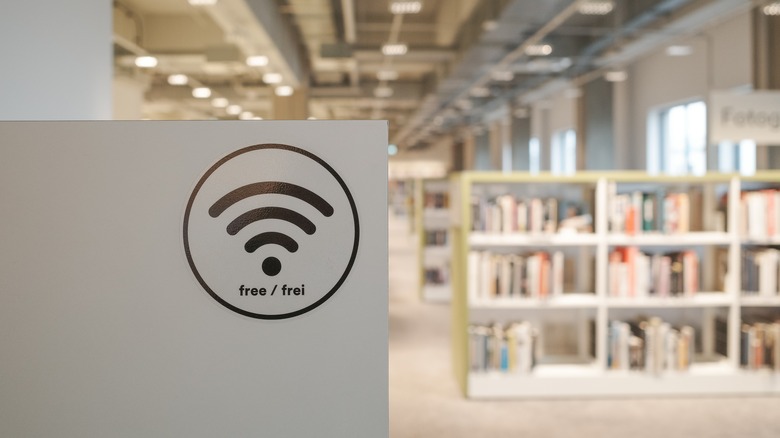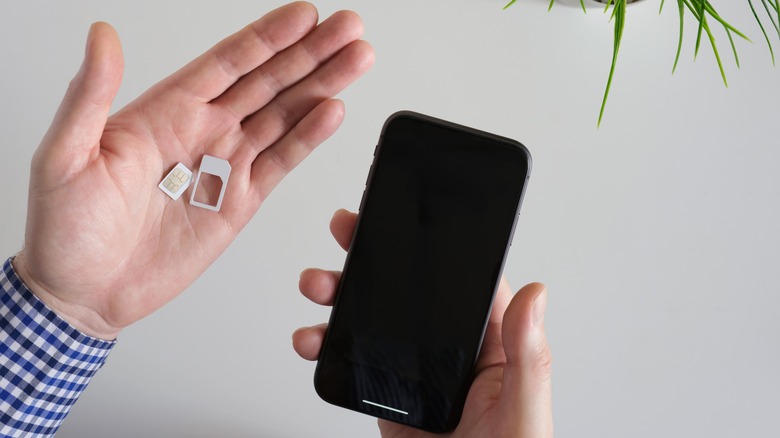Improve Your Phone's Signal Strength While Traveling With These Simple Steps
In our modern world, it's pretty normal to rely on our electronic devices to some degree, and it's often crucial to have a working cell phone when we're traveling. If you discover your phone isn't working well during your trip, it's probably because you have poor reception. Luckily, there are a few steps you can take to improve your signal. You can try toggling airplane mode, restarting your phone, switching between 5G and 4G to see which works better, or cleaning off your SIM card. Taking advantage of public Wi-Fi is another great option.
Having decent cell reception is essential if you're a digital nomad working remotely while traveling, and checking in with loved ones back home can help you feel safer when traveling alone. Even if you're simply trying to enjoy a relaxing vacation, it's nearly impossible to unplug entirely, as you may need to check the weather or use GPS while driving in an unfamiliar place. Plus, it's pretty annoying to have your call drop right in the middle of a FaceTime with family or friends back home — especially when you're just about to show them that epic view you're enjoying.
Some destinations have less reception than you may be used to. If you're traveling in a remote region, the signal may be extremely weak or even non-existent. These budget-friendly and simple steps can help ensure that your text messages go through, your photos upload to Instagram, and your mom can rest easy after you call to let her know your plane landed safely.
Refresh your phone
The easiest way to improve your phone's signal is to turn on airplane mode. Keep it turned on for at least 15 seconds, then turn it off again. When you turn airplane mode back off, your phone will begin to search for the best network, which can result in a stronger signal. If you're an iPhone user, you'll find the airplane mode option in your Control Center or in Settings. If you use an Android, you can find it in your Quick Settings panel. The icon is a small airplane.
If switching airplane mode on and off doesn't do the trick, try restarting your cell phone. Turn it off for a minute, then turn the power back on so your phone can go through a full refresh. Powering off an electronic device and resetting it seems to magically fix all kinds of problems, and cell phones are no exception.
You should also try updating your cell phone. Check to see if there are any new software updates available. If there are, connect to Wi-Fi and allow the update to do its thing. You may find that it helps your phone connect to new networks.
Switch between 4G and 5G
Unfortunately, plenty of destinations have no cell service at all. Before you lose hope, however, check to make sure that you don't just need to switch from 5G to 4G — or vice versa. 5G is the latest and greatest when it comes to cellular reception, but there are still places that don't have 5G infrastructure just yet. If you're in an area that is still relying on mostly 4G or LTE cellular network technology, your phone may be working overtime in an attempt to connect to a 5G network. You can actually manually select which type of network you want in your phone's settings, which may help you gain a stronger signal while traveling. A strong 4G network can provide a better signal than a weak 5G network.
You can also play around with different networks to see which works best. If you have an iPhone, simply go to Settings and then choose Cellular Data Options. From there, go to Voice & Data. You can then select different network options. On an Android, start by going to Settings and tapping Connections. From there, select Mobile Networks followed by Network Mode. In Network Mode, you'll be able to select whichever network you'd like.
Connect to Wi-Fi when possible
If your cell phone is having trouble getting enough signal to work properly, check to see if there is a Wi-Fi network you can use. If you are traveling internationally, certain networks may not work well on your phone, or they may simply be weaker than you're used to.
Some countries have incredible public Wi-Fi you can use when traveling. South Korea has extensive public Wi-Fi that's super fast and is available in most cities. Singapore has public Wi-Fi available in many different locations, and anyone can take advantage of it.
Wi-Fi is a great alternative that allows you to use apps on your phone. You can also utilize Wi-Fi calling features. If you're using an international cell phone plan that requires you to pay for data, opting to use Wi-Fi when it's available can save you a lot of money while traveling. If you do pay for international data, make sure airplane mode is turned on when you're using Wi-Fi. Apps like Signal and WhatsApp allow you to make calls from anywhere using Wi-Fi.
Check your SIM card
If you've been using the same phone for many years, it may be time to upgrade your SIM Card. A SIM card is a small electronic chip that registers your phone number and connects your device to a cellular network. Some people have phones that allow them to switch out the SIM card easily, so that they can purchase one locally when they travel internationally. If you switch out your SIM card entirely, you will have a different phone number while abroad.
If your phone is operating on an older SIM card, it may not be compatible with newer network technologies. Even if it is compatible, a damaged or dirty SIM card can affect your phone's performance. It could be worth checking with your cell phone service provider to see if a new SIM card is a good idea before your vacation. If you suspect your SIM card could be affecting your signal while traveling, try removing it and cleaning it off. Thoroughly wipe it off with a dry paper towel or cloth and then pop it back in.




